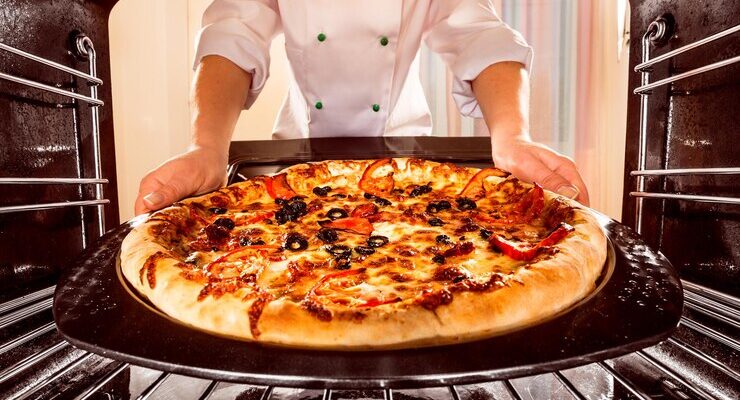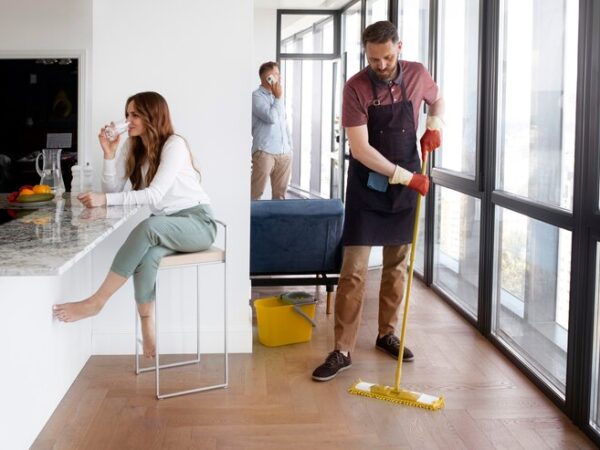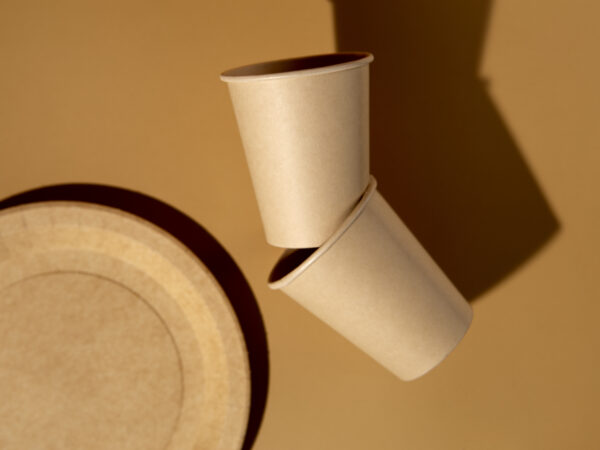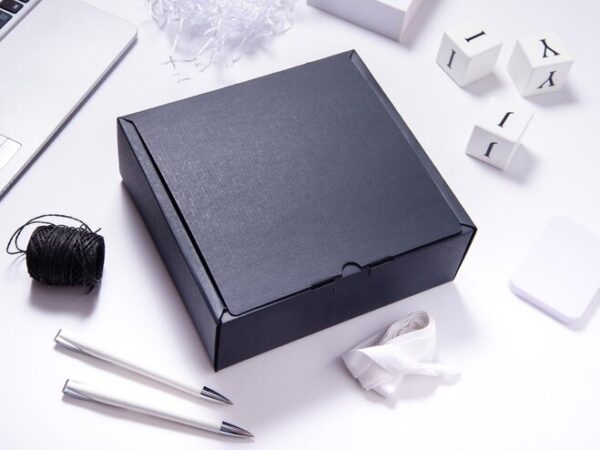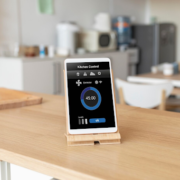Understanding the Basics of Pizza Reheating
The Science of Pizza Staling
When pizza cools after its initial baking, the starch molecules in the crust begin to recrystallize, a process known as retrogradation. This results in the once chewy and soft crust becoming tough and leathery. The key to perfect reheating is to reverse this staling process as much as possible.
- Moisture loss: The crust dries out, and toppings lose their juiciness.
- Fat migration: Cheese and other fatty components can solidify, altering texture and flavor.
- Aromatics dissipation: The distinct smell of fresh pizza diminishes over time.
By understanding these factors, one can tailor the reheating method to not only warm the pizza but also to restore its original texture and flavor profile as closely as possible.
Reheating vs. Fresh: Managing Expectations
When it comes to reheating pizza, it’s crucial to manage your expectations. A reheated slice will never quite match the fresh-out-of-the-oven experience, but with the right technique, it can come surprisingly close. The key is to aim for a balance between a crispy crust and melty cheese, without expecting the exact same textures and flavors of a freshly baked pizza.
Remember, the goal of reheating is to revive the pizza to its best possible state, considering it has already undergone initial cooking and cooling.
Here are some factors to consider when comparing reheated pizza to fresh pizza:
- Texture: The crust may not be as airy and the cheese might not have the same stretchiness.
- Flavor: Some toppings may lose their vibrancy, and the sauce can absorb into the crust, altering the taste.
- Moisture: Proper reheating methods can help prevent a dry or soggy outcome.
By understanding these differences, you can adjust your reheating method to get as close as possible to the original pizza experience.
Choosing the Right Reheating Method
When it comes to reviving your day-old pizza, the method you choose can make all the difference. Knowing how to reheat pizza in oven is crucial for achieving that just-baked taste and texture. However, not all ovens are created equal, and the type of pizza you’re reheating also plays a role in the method you should select.
- Conventional Oven: Ideal for a thorough and even reheat.
- Convection Oven: Best for a quicker reheat with a crispier crust.
- Toaster Oven: Suitable for small slices or personal pizzas.
The key is to balance the heat distribution and timing to ensure the cheese is melted to perfection without burning the crust.
Remember, the goal is to restore the pizza to its original glory, not just to warm it up. Experiment with your oven settings to find the perfect combination for your favorite pizza type.
Oven Reheating: The Gold Standard
Preheating: The Key to Success
The importance of preheating your oven before sliding in a slice of pizza cannot be overstated. A properly preheated oven ensures a uniformly heated space, which is crucial for achieving that ideal balance of a crispy crust and perfectly melted cheese. Without preheating, the gradual rise in temperature can lead to uneven cooking and a disappointing texture.
Preheating your oven is akin to stretching before a run; it prepares the environment for peak performance and the best possible outcome.
Here are the recommended preheating times and temperatures for different types of ovens:
- Conventional Oven: Preheat to 450°F (232°C) for at least 15 minutes.
- Convection Oven: Preheat to 425°F (218°C) for at least 15 minutes.
- Toaster Oven: Preheat to 400°F (204°C) for at least 10 minutes.
Remember, these are general guidelines. Depending on your specific oven model and the thickness of the pizza, slight adjustments may be necessary.
Time and Temperature: Finding the Sweet Spot
Achieving the perfect reheat for your pizza is a delicate balance of time and temperature. The sweet spot for reheating pizza in a conventional oven is typically between 350°F to 450°F (175°C to 232°C), depending on the thickness of the crust and the density of the toppings.
The goal is to warm the pizza through while reviving the crust’s crispiness without burning the cheese or toppings.
Here’s a quick guide to help you find the right time and temperature settings:
- Thin Crust: 350°F (175°C) for 5-7 minutes
- Regular Crust: 375°F (190°C) for 7-10 minutes
- Thick Crust: 400°F (205°C) for 10-12 minutes
Remember, these are starting points. Ovens vary, so use these guidelines as a reference and adjust as needed. Keep a close eye on your pizza to prevent overcooking, and consider rotating it halfway through for even reheating.
The Role of Baking Stones and Steel
Baking stones and steels are game-changers when it comes to reheating pizza in the oven. These tools mimic the effects of a professional pizza oven, distributing heat evenly and drawing moisture away from the dough.
Using a preheated baking stone or steel can significantly reduce reheating time while ensuring a crispy crust. They are particularly effective because they store heat, creating a consistent high-temperature surface that crisps the bottom of the pizza without overcooking the toppings.
When using these tools, it’s important to handle them with care, as they retain heat for a long time and can cause burns if touched inadvertently.
Here’s a quick comparison of baking stones and steels:
- Baking Stone: Retains heat well, but can crack if not properly preheated or if exposed to temperature shocks.
- Baking Steel: More durable and conducts heat faster, but is heavier and more expensive.
Choosing between the two often comes down to personal preference and the specific qualities you’re looking for in your reheated pizza.
Alternative Reheating Methods
Skillet Reheating: Crisp Crust, Melty Cheese
Reheating pizza in a skillet can transform the sad, soggy leftovers into a delightful meal with a crisp crust and perfectly melted cheese. This method is especially effective for the best thin crust pizza near me, ensuring that the delicate balance of flavors and textures is preserved.
- Start by heating the skillet on medium-low heat.
- Place the pizza slice in the skillet and cover with a lid to trap the heat.
- Heat for a couple of minutes until the cheese is bubbly and the bottom is crispy.
- For an extra crispy crust, add a few drops of water to the skillet and cover for 30 seconds before serving.
The key to skillet reheating is patience. Allowing the pizza to warm up slowly ensures that each bite is as satisfying as it was when fresh. Remember, the goal is to revive the pizza, not cook it further.
Microwave Hacks for a Quick Fix
While the microwave is often frowned upon for pizza reheating due to its tendency to make the crust soggy, a few clever hacks can transform it into a viable option for those in a rush. Place a cup of water alongside your slice to absorb excess microwave radiation, which helps keep the crust from becoming too chewy.
- Start by microwaving the pizza at 50% power for 30 seconds.
- Check the pizza and rotate it if necessary.
- Continue microwaving in 15-second intervals until the desired temperature is reached.
Remember, the goal is to warm the pizza without compromising its texture too much. The water cup trick is surprisingly effective at preserving the crust’s integrity.
Finally, let the pizza sit for a minute after microwaving. This allows the heat to distribute evenly, preventing hot spots that can ruin your quick pizza fix.
Toaster Oven and Air Fryer Techniques
When it comes to reheating pizza, toaster ovens and air fryers offer a quick and convenient alternative to the traditional oven. These appliances are ideal for those seeking a crispy crust without the wait time of preheating a full-sized oven.
Toaster ovens work by radiating heat from the top and bottom, ensuring that the pizza is heated evenly. It’s important to monitor the pizza closely to prevent burning. On the other hand, air fryers circulate hot air around the pizza, which can rapidly crisp the crust and melt the cheese to perfection.
For the best results in a toaster oven or air fryer, use a light touch with the toppings. Overloading the pizza can lead to uneven heating and a less desirable texture.
Here’s a quick guide to help you get started:
- Toaster Oven:
- Preheat to 350°F (175°C).
- Place pizza on the middle rack.
- Heat for about 5-8 minutes.
- Air Fryer:
- Preheat to 320°F (160°C).
- Place pizza in the basket without overlapping.
- Heat for 3-4 minutes, checking frequently.
Remember, these times are approximate and can vary based on the thickness of the crust and the amount of toppings. Always keep an eye on your pizza to ensure it doesn’t overcook.
Tips and Tricks for the Perfect Reheat
Avoiding Soggy Bottoms
One of the most common disappointments when reheating pizza is ending up with a soggy bottom. Ensuring a crisp base is crucial to replicating the fresh pizza experience. To avoid this, there are a few techniques you can employ:
- Preheat your oven, baking stone, or skillet before placing the pizza on it. This provides an immediate sear to the crust.
- Use a perforated pizza pan or a wire rack in the oven to allow heat to circulate under the pizza.
- For skillet reheating, cook on medium heat for a few minutes before covering to melt the cheese.
Remember, moisture is the enemy of a crisp crust. Always blot excess grease from the top of the pizza with a paper towel before reheating to prevent it from soaking through to the bottom.
Restoring the Crunch to Your Crust
A soggy or chewy crust can ruin the experience of enjoying a reheated slice of pizza. The key to restoring the crunch to your crust lies in the reheating process itself. To achieve that desirable crispy texture, consider the following steps:
- Preheat your oven, skillet, or toaster oven to a high temperature before adding the pizza.
- Place the pizza directly on the heat source or use a preheated baking stone or steel to emulate a pizza oven’s effect.
- Limit the reheating time to avoid drying out the pizza; just long enough to crisp the crust and melt the cheese.
By carefully managing the heat and time, you can revive the pizza’s original texture and bite, making it almost as satisfying as when it was first baked.
Remember, the goal is not just to warm the pizza, but to reinvigorate its texture. Experiment with your appliance’s settings to find the perfect balance that works for your specific pizza type.
Cheese and Toppings: Keeping the Integrity
When reheating pizza, the goal is to revive the pie to its former glory without compromising the quality of its cheese and toppings. Maintaining the integrity of these elements is crucial to enjoying a slice that’s as close to the original experience as possible.
- Cheese: To prevent it from drying out or becoming rubbery, reheat at a moderate temperature. If the cheese starts to oil off, it’s a sign of overheating.
- Meats: Delicate toppings like pepperoni or cooked bacon should retain their texture and flavor. Avoid high heat that can toughen these proteins.
- Vegetables: For veggies that are prone to sogginess, consider removing them before reheating and then adding them back on top after.
The key is to heat the pizza just enough to melt the cheese and warm the toppings without altering their essential qualities.
By carefully managing the reheating process, you can ensure that each bite of your pizza is as satisfying as when it was first baked. This involves not just the right temperature and timing, but also the method of reheating that best suits the specific types of cheese and toppings on your pizza.
Serving and Enjoying Reheated Pizza
Pairing with Sides and Drinks
The right sides and drinks can elevate your pizza experience from a simple reheated meal to a delightful dining occasion. Consider the pizza’s flavor profile when selecting accompaniments to complement rather than overpower the taste.
- For a classic Margherita: Pair with a light salad dressed with vinaigrette and a glass of Sauvignon Blanc.
- Meaty pizzas: Opt for a more robust side like roasted vegetables and a bold red wine, such as a Chianti.
- Spicy pies: Cool down with a crisp cucumber salad and a refreshing lager or pale ale.
When in doubt, a simple arugula salad with a squeeze of lemon juice can be a fresh counterpoint to any rich and cheesy pizza.
Remember, the goal is to balance the flavors and textures to enhance your overall enjoyment. A well-chosen side dish can add a nutritional boost, while the right drink can cleanse the palate, preparing you for the next delicious bite.
The Art of Plating Reheated Pizza
The presentation of your pizza can be just as important as the reheating process itself. Plating your pizza with intention elevates the experience, transforming a simple meal into something special. Consider the visual appeal when transferring your pizza from the oven to the plate.
- Cut your pizza: Use a pizza cutter or a sharp knife to slice your pizza into even pieces.
- Choose your plate: A clean, white plate can make the colors of your pizza pop.
- Garnish: Add a sprinkle of fresh herbs or a light drizzle of olive oil for an extra touch of gourmet.
When you’ve taken the time to reheat your pizza perfectly, don’t let the plating be an afterthought. A well-presented pizza not only looks more appetizing but can also enhance the overall dining experience, making even the best pizza in Ohio seem even better.
Remember, the goal is to mimic the experience of enjoying a fresh pie at your favorite pizzeria. With a few simple touches, you can make your reheated pizza look and feel like a crafted dish worthy of admiration.
Making Leftover Pizza Feel Gourmet
Elevating your reheated pizza to a gourmet experience is all about the presentation and the accompaniments. Transform your meal with a few simple touches that add elegance and flavor.
- Start by choosing a nice plate and arranging your pizza slices in an appealing way.
- Add a sprinkle of fresh herbs like basil or oregano to bring a pop of color and freshness.
- Drizzle a high-quality olive oil or balsamic glaze over the top for a touch of sophistication.
Remember, the key to gourmet is in the details. A little effort goes a long way in enhancing the overall dining experience.
Pair your pizza with a side salad dressed with a homemade vinaigrette or a selection of olives and cured meats for a complete and refined meal. The contrast of flavors and textures will make your reheated pizza feel like a dish from a fine restaurant.
Conclusion: Mastering the Art of Pizza Reheating
In conclusion, reheating pizza is an art that can transform your leftover slices into a meal that’s almost as enjoyable as when it was freshly baked. Whether you choose the oven, skillet, toaster oven, or microwave, remember that the key to a perfect reheating process lies in the balance of temperature and time. By following the techniques outlined in this article, you can ensure that your pizza retains its delicious flavor and texture. Experiment with the methods we’ve discussed and find the one that suits your taste and convenience the best. With a little practice, you’ll be able to enjoy your pizza leftovers in a way that might just rival the original experience.


